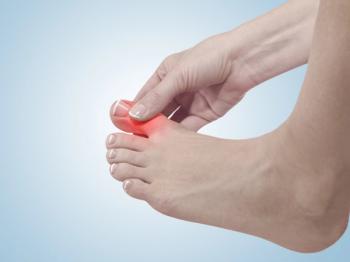
Online PharmD Programs are Becoming More Common, Presenting Unique Opportunities for Students.
Introducing an online PharmD program presents a unique set of challenges for educators.
As the number of pharmacy schools grow across the United States, there is also a notable rise in online PharmD programs, which present unique opportunities and challenges, according to a presentation at the American Association of Colleges of Pharmacy Annual Meeting and Expo.
The presentation, titled, “A Discussion of Current Online PharmD Degree Programs,” examined the challenges of developing a virtual PharmD degree program, how to covert a face-to-face program to an online environment, and opportunities for developing such a program. The presenters were assistant professor of pharmacy practice at Duquesne University School of Pharmacy, Marsha A. McFalls, PharmD; assistant professor of pharmacy at Lake Erie College of Osteopathic Medicine School of Pharmacy, Kristen M. Gawronski, PharmD; and associate professor of pharmacy practice at Creighton University School of Pharmacy and Health Professions, Kimberly Begley, PharmD.
Each of the presenters discussed how their schools started and operate their online PharmD program. Each has a unique operating plan and degree pathways, according to the panel.
Duquesne University’s program targets older students and those who may not be able to commit to college full time. The online pathway admitted its first class in 2019 and has an average class size of 20 students, lining up with the day pathway. Six to 8 credits can be earned per session and each session is 8-weeks long. Seven of those weeks are online while 1 week is on-campus. Hands-on activities and final exams are also held on-campus.
The Lake Erie College of Osteopathic Medicine School of Pharmacy also has multiple pathways. There is a 3-year accelerated pathway, a 4-year traditional pathway, and a 4-year distance education pathway. To date, the distance pathway has graduated 75 students.
Creighton University also has a distance pathway that coincides with the in-person cohort. Creighton’s first distance pathway class started in 2001 and has since graduated more than 800 students. Although its program is more flexible, students in Creighton’s distance pathway are full-time.
According to the presenters, implementing an online PharmD program can be challenging for several reasons. Sometimes, students and faculty have a negative perception of online learning. Faculty also must learn how to transition from in-person learning to online learning and how to create engaging content. Further, student life outside of the online environment also must be taken into consideration.
“One of the big problems is, kind of a negative perception from students and faculty about online learning,” Begley said. “Unfortunately, I think when people hear the word ‘online learning,’ they think of a correspondence course, do it (on) your own time, leisure, and you get a degree at the end. And that is not what distance learning is about. You have the same rigorous program that you do for your campus cohort.”
Successfully building an online course is possible. For best results, an app or game-based platform for questions can help students stay engaged during a virtual lecture. Video conferencing can also be used for group discussion and online simulated activities should be utilized, according to the panel.
Newsletter
Stay informed on drug updates, treatment guidelines, and pharmacy practice trends—subscribe to Pharmacy Times for weekly clinical insights.










































































































































































































